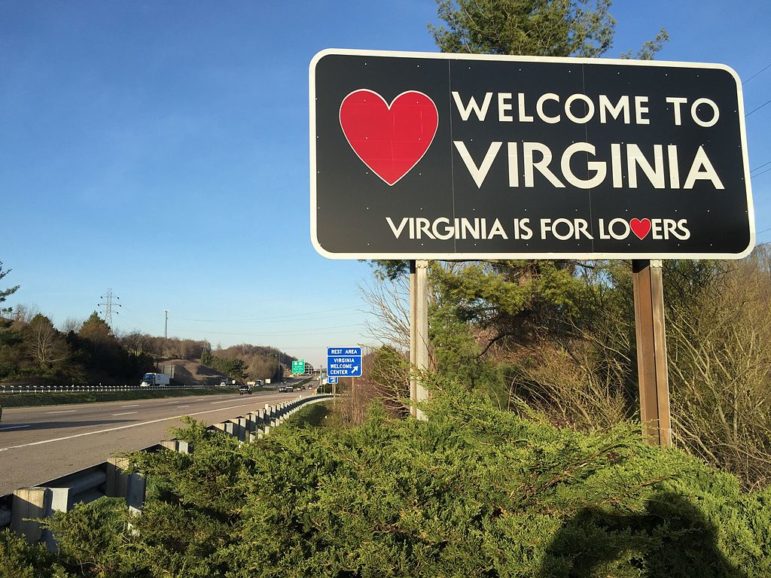
On March 6, Virginia legislators passed the Clean Economy Act, making Virginia the eighth state to commit to 100 percent carbon-free electricity.
The law applies to the two major utilities in the state: Dominion Virginia and Appalachian Power Company. It calls for both utilities to achieve 30 percent renewable energy by 2030, and for Dominion Virginia and Appalachian Power to close their carbon-emitting electricity facilities, like coal and natural gas plants, by 2045 and 2050, respectively.
For a state that has not had binding renewable energy or efficiency policies until now, this is a major change of course. Currently, renewable energy makes up a mere 5 percent of Dominion Virginia’s electricity, while natural gas and coal account for more than half. The Clean Economy Act also permits Virginia’s energy regulators to apply a “social cost of carbon” when weighing the costs and benefits of resource investments.
The social cost of carbon is an effort to put a price on carbon dioxide emissions by estimating the cost of the total damages that each additional ton of carbon dioxide causes. Through this measure, state agencies, businesses, and other entities estimate the anticipated carbon dioxide emissions associated with a particular decision, then apply the social cost of carbon to estimate the “true cost” of a decision. They use that value in their cost-benefit analysis to incorporate the benefits of reduced global warming into their decision-making.
Fresh Energy applauds Virginia’s commitment to decarbonization; this type of vision and leadership is necessary from governments and businesses at all levels around the world to avoid the worst-case scenarios of climate change outcomes.
On the heels of this major announcement, it’s time to pause and consider how Minnesota’s clean energy goals compare to other states. In many ways, our state is ahead of Virginia in its commitment to clean energy. The 2007 Next Generation Energy Act set economy-wide (not just the energy sector) carbon reduction goals with targets for 2015, 2025, and 2050. Minnesota regulators have been applying a social cost of carbon to resource planning since the 1990s, and Minnesota has a commitment to annual energy efficiency improvements. Statewide, renewables already account for about 26 percent of Minnesota’s electricity – compared to Virginia’s 5 percent – with coal and natural gas making up about 44 percent – compared to over half of Virginia’s electricity.
Unfortunately, Minnesota is no longer a national leader. It’s time for us to do more.
Last year, Governor Walz proposed a three-pronged clean energy package that included a 100 percent carbon-free electricity by 2050 standard, modernization of Minnesota’s bedrock energy efficiency law, and a new utility resource planning framework designed for today’s market, where renewable energy is consistently the least cost option. We were pleased to see the Minnesota House pass versions of all three portions of the Governor’s plan in 2019, thanks to strong leadership from members of the House Energy and Climate Committee. Fresh Energy supports Governor Walz’s One Minnesota Path to Clean Energy and is continuing to advocate for all three portions to become law.
Although Minnesota is on a path to lower carbon dioxide emissions, driven in part by Xcel Energy’s commitment to 100 percent carbon-free electricity by 2050, these reductions are not occurring fast enough to meet the Next Generation Energy Act goals or the Intergovernmental Panel on Climate Change report advisements.
It’s time for Minnesota to take a page out of Virginia’s book and send a clear signal that our state is accelerating its transition to carbon-free electricity, with the supportive policies to get there.
Committing to 100 percent carbon-free electricity by 2050 is a major step forward in Virginia. In Minnesota, a 100% clean energy commitment – with 30 years’ advance notice – is a reasonable next step on our well-established path to decarbonization.
